As a boy, Samuel Tacchi was crazy about Lego cranes. Now he designs them, under cloak-and-dagger secrecy, at the Danish group’s headquarters where Santa has filled his sacks for decades.
At its ultra-modern flagship building in Billund, a visit to the offices where the design work is done is out of the question — the company is fiercely protective of its trade secrets.
But Tacchi, a 34-year-old Frenchman, lifts the veil a smidgen on the creative process, standing at a display featuring some of the brand’s colorful toy kits.
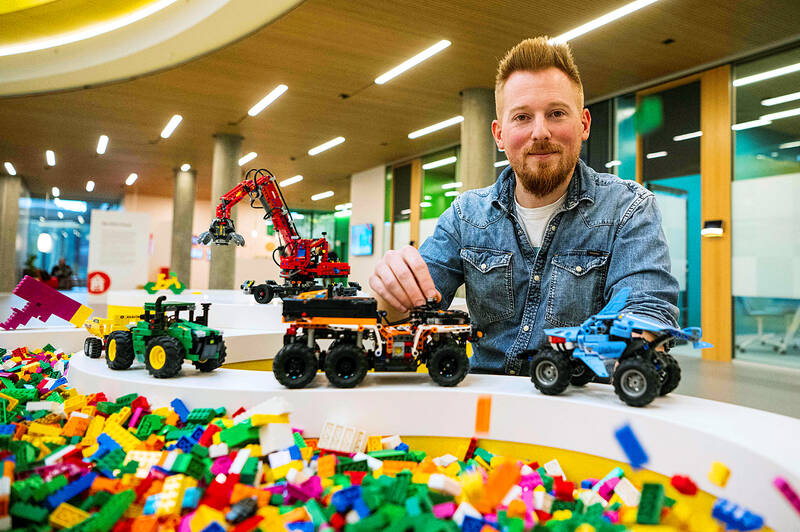
Photo: AFP
“I always start with a little sketch on paper about what I have in mind,” says Tacchi, who designs for the Lego Technic series.
“Then I start to build the technical layout: the drive train, steering and starting to build with the function. And then I dive into the styling. Then afterwards we dive into the computer.”
His office is a child’s dream come true, chock-a-block with Lego Technic pieces.
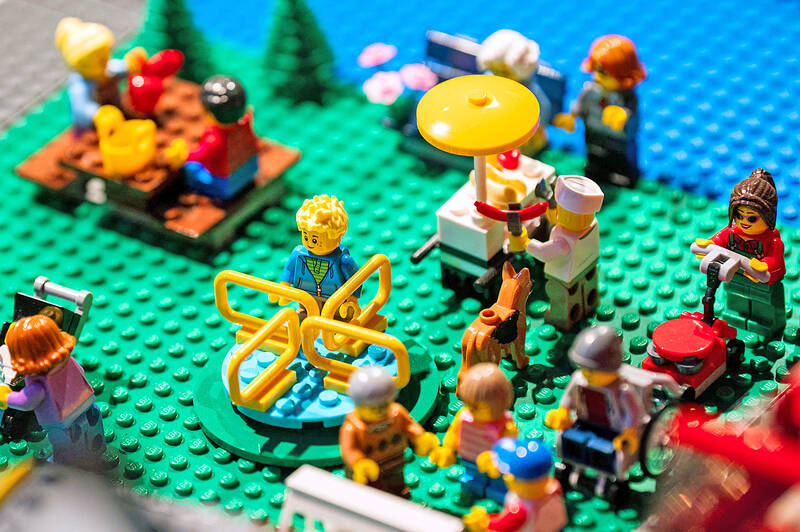
Photo: AFP
“We have an elements shelf behind our backs. It’s easy to reach and fix some elements, build them together and see if (our idea) works,” he says.
In his seven years with the company, Tacchi has helped create around 25 kits.
FROM STARTUP TO MULTINATIONAL
A family-owned company, Lego employs more than 20,000 people around the world -- more than a quarter of them in Billund, which is also home to its oldest factory.
Here, in a huge hall where robots move about like in a choreographed dance, hundreds of thousands of pieces are manufactured each day. Colorful plastic is molded into familiar shapes: bricks, figurines, hair, dragon wings and tires (Lego is reported to be the biggest tire manufacturer in the world!)
Sorted and stored by model in large crates in an adjoining warehouse, the pieces are then sent to other factories to be included in kits.
While everything is made of plastic today, the toy empire was founded by a carpenter very conscious of the quality of the wood he used. In 1932, in the middle of the Great Depression, Ole Kirk Kristiansen began making wooden toys, winning the favor of Danish children with his yo-yos.
“He sold the yo-yo to every child in Billund and... (when every child had one) he couldn’t sell anymore. But he still had them laying around,” explains Signe Wiese, Lego’s resident historian.“So instead of throwing them out or just leaving them, he reused them. He split the yo-yos in half and he used them for wheels on wagons.”
‘PLAY WELL’
Four years later, having given up on carpentry, he named his new company “Lego,” a contraction of the Danish “Leg godt,” which means “Play well.”
With a shortage of raw materials after World War II, Kirk Kristiansen gradually turned towards plastic and invested his life savings in an injection molding machine.
“He was really fascinated with the technology and the machinery and the material itself,” says Wiese. “So for him, it seems to have been a pretty easy decision, in spite of the fact that everyone was actually advising him against it.”
The idea for the bricks came later.
Initially they were made without Lego’s famed “clutch power” — the mechanism that makes it possible to click the bricks together. The design was patented in 1958, paving the way for an endless catalog of figures, shapes and kits.
Now, Lego is the biggest toymaker in the world, ahead of Japan’s Bandai Namca and US groups Hasbro and Mattel, according to market analysts Statista.
This year, Lego says its catalog of toys is bigger than ever before, but refuses to disclose the exact number. Another trade secret.
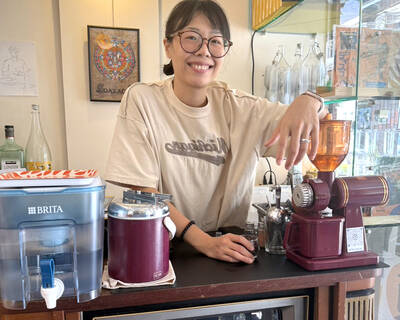
Cheng Ching-hsiang (鄭青祥) turned a small triangle of concrete jammed between two old shops into a cool little bar called 9dimension. In front of the shop, a steampunk-like structure was welded by himself to serve as a booth where he prepares cocktails. “Yancheng used to be just old people,” he says, “but now young people are coming and creating the New Yancheng.” Around the corner, Yu Hsiu-jao (饒毓琇), opened Tiny Cafe. True to its name, it is the size of a cupboard and serves cold-brewed coffee. “Small shops are so special and have personality,” she says, “people come to Yancheng to find such treasures.” She
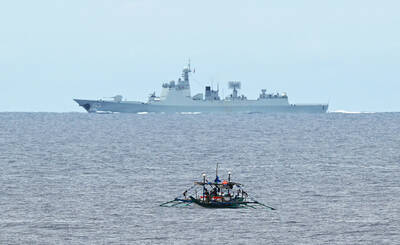
Late last month Philippines Foreign Affairs Secretary Theresa Lazaro told the Philippine Senate that the nation has sufficient funds to evacuate the nearly 170,000 Filipino residents in Taiwan, 84 percent of whom are migrant workers, in the event of war. Agencies have been exploring evacuation scenarios since early this year, she said. She also observed that since the Philippines has only limited ships, the government is consulting security agencies for alternatives. Filipinos are a distant third in overall migrant worker population. Indonesia has over 248,000 workers, followed by roughly 240,000 Vietnamese. It should be noted that there are another 170,000
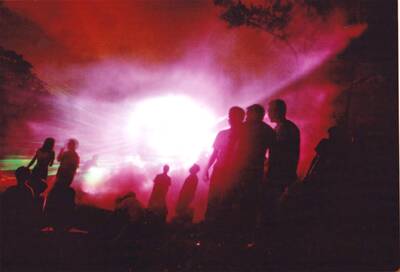
In July of 1995, a group of local DJs began posting an event flyer around Taipei. It was cheaply photocopied and nearly all in English, with a hand-drawn map on the back and, on the front, a big red hand print alongside one prominent line of text, “Finally… THE PARTY.” The map led to a remote floodplain in Taipei County (now New Taipei City) just across the Tamsui River from Taipei. The organizers got permission from no one. They just drove up in a blue Taiwanese pickup truck, set up a generator, two speakers, two turntables and a mixer. They
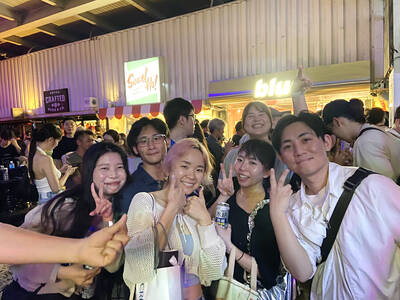
Hannah Liao (廖宸萱) recalls the harassment she experienced on dating apps, an experience that left her frightened and disgusted. “I’ve tried some voice-based dating apps,” the 30-year-old says. “Right away, some guys would say things like, ‘Wanna talk dirty?’ or ‘Wanna suck my d**k?’” she says. Liao’s story is not unique. Ministry of Health and Welfare statistics show a more than 50 percent rise in sexual assault cases related to online encounters over the past five years. In 2023 alone, women comprised 7,698 of the 9,413 reported victims. Faced with a dating landscape that can feel more predatory than promising, many in